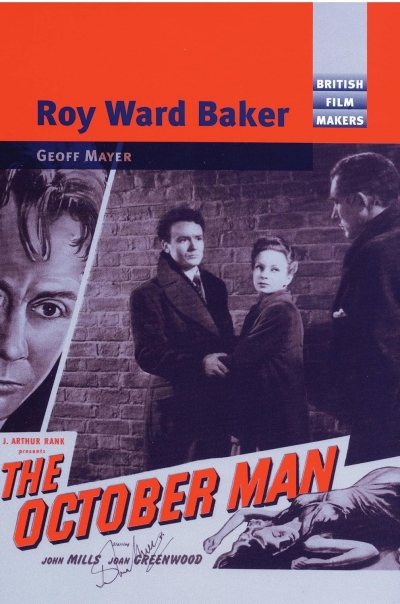Biography
Australian Dictionary of Biography: Supplement, 1580–1980 by Christopher Cunneen
by Paul Brunton •
The Last Explorer: Hubert Wilkins, Australia's unknown hero by Simon Nasht
by Paul de Serville •
Margaret Olley: Far from a still life by Meg Stewart
by Brenda Niall •
The Life of George Bass: Surgeon and sailor of the enlightenment by Miriam Estensen
by Gillian Dooley •
A City Lost and Found: Whelan the Wrecker's Melbourne by Robyn Annear
by Ian Morrison •
T.W. Edgeworth David: A life by David Branagan
by John Thompson •
The Tyrannicide Brief: The story of the man who sent Charles I to the scaffold by Geoffrey Robertson
by John Button •










